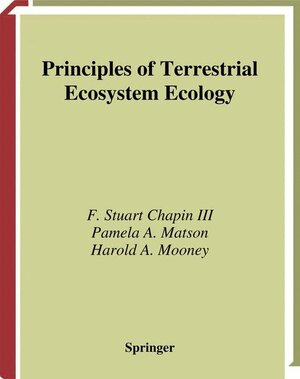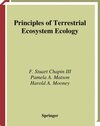- Principles of Terrestrial Ecosystem Ecology (978-1-4419-9502-5) - Einband - flex.(Paperback)
- (978-1-4757-7746-8)

From the reviews:
„This textbook includes 16 chapters, each ending with a summary, review questions and references to additional readings. … It is especially characterized by the great importance (250 pp.) which is attributed to abiotic aspects of ecosystem ecology and to production processes as well as nutrient cycling … . All these chapters are structured in an excellent and well organized way. … Altogether, the authors have well succeeded in writing a comprehensive textbook, mainly for graduate students.“ (Angelika Schwabe, Phytocoenologia, Vol. 34 (3), 2004)
„This comprehensive textbook outlines the central processes that characterize terrestrial ecosystems, tracing the flow of water, carbon, and nutrients from their abiotic origins to their cycles through plants, animals, and decomposer organisms. … This book synthesizes current advances in ecology with established theory to offer a complete survey of ecosystem pattern and process in the terrestrial environment. … suitable for use in all courses on ecosystem ecology. Resource managers, land use managers, and researchers will also welcome its thorough presentation of ecosystem essentials.“ (Ethology, Ecology & Evolution, Vol. 15 (4), 2003)




